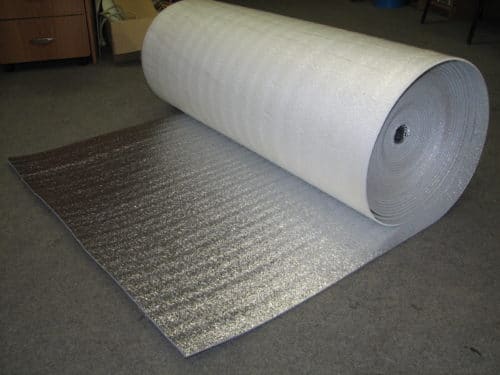If your press is exposed to extreme temperatures, it is critical to install thermal insulation. You can do this by using either a thermoset polyurethane foam or a wood-based foam mat. Both materials are effective insulators, but they perform differently. Here are a few things to consider when choosing thermal insulation. Polyurethane foam is an excellent choice if you need a highly efficient thermal barrier. Wood-based foam has additional advantages over EPS, including being lightweight and odor-free.
Fiberglass, which is relatively inexpensive and environmentally friendly, is one type of thermal insulation that’s commonly used in other applications. The downside of fiberglass, however, is that it can compress and may be too heavy for some applications. Polyurethane foam is another option, though it costs more and isn’t as environmentally friendly as fiberglass. Another option is mineral wool, which is easy to work with but costs more than fiberglass. In general, thermal insulation for presses is important for consistency.
Another environmentally friendly option is cellulose, which is made from recycled paper fiber. Newsprint and other recycled products contain cellulose, which is approximately 85% recycled. It has little oxygen, making it resistant to fire and offers an excellent R-value. It also resists moisture well, minimizing the risk of condensation and ice build-up. However, be aware that cellulose does not have the same level of fire resistance as cellulose.
There are many types of thermal insulation available, and the type you select will depend on the type of press. Thermo-Impact insulation is one option, as it provides high mechanical strength while reducing heat loss. Its low thermal conductivity makes it a great choice for platens in press machines. If you’re looking for the best solution, you should consult a manufacturer’s guide. In general, the best material for your press will depend on the operating environment and specifications.
In addition to preventing the expansion of the press, thermal insulation helps minimize energy bills. Thermal insulation for presses can also help reduce machine downtime. By reducing operating temperatures and decreasing energy costs, thermal insulation can help you maximize productivity while reducing energy bills. It also reduces the time needed for warm-up and helps reduce machine downtime. If you’re considering thermal insulation for your press, you should first consider how it will impact your production process. Get in touch with PRIME TECH INC. USA for thermal insulator.
In general, thermal insulation products can last for many years and offer great benefits when manufacturing thermoplastics. Thermal insulation helps reduce deflections in heated molds. It also offers excellent electrical insulation. Thermal insulation is an investment that will pay for itself over time. The cost of insulation for presses is minimal in comparison to the value of increased production quality. And when you consider that the benefits outweigh the cost, thermal insulation for presses can be a great solution.
When it comes to thermal insulation, two types of materials are generally the best choices. The most common and inexpensive is polyurethane foam, which combines cellulose and glass fibers. This material is environmentally friendly and is relatively cheap. But it is not as durable as polyurethane foam or mineral wool. In addition to these options, CFCs and fiberglass are both flammable and not suitable for press insulation. Therefore, it is vital to consider how the insulation is going to affect the operation of the press.
Choosing the right material is critical to the process of manufacturing. High-temperature thermal insulation materials need to be compatible with the operating environment and equipment requirements. Moreover, the material must be resistant to the temperature changes. Thermal insulation manufacturers often provide helpful charts for selecting the right material for a particular application. And because the insulation material is so important to the success of the manufacturing process, it is worth investing time and money in proper research and selection.
Polyurethane foams are good for thermal insulation. They are made with non-chlorofluorocarbon gases, which are harmful to the ozone layer. They are light weight, but they are extremely effective at preventing pipes from freezing at low temperatures. Polyurethane foams can also protect pipes from fire and are fire-resistant. There are many types of foam insulation that are suitable for a variety of applications.
Water-based thermal insulation is the best option for many applications. The main disadvantage of traditional foam is its tendency to absorb moisture, which reduces its effectiveness. When the moisture content is more than ten percent, the material is not as effective. It takes more energy to evaporate moisture than a dry board. A more effective material has a higher coefficient of friction than saturated one. And moisture-resistant insulation also requires less maintenance. This is an important feature for any commercial press.

